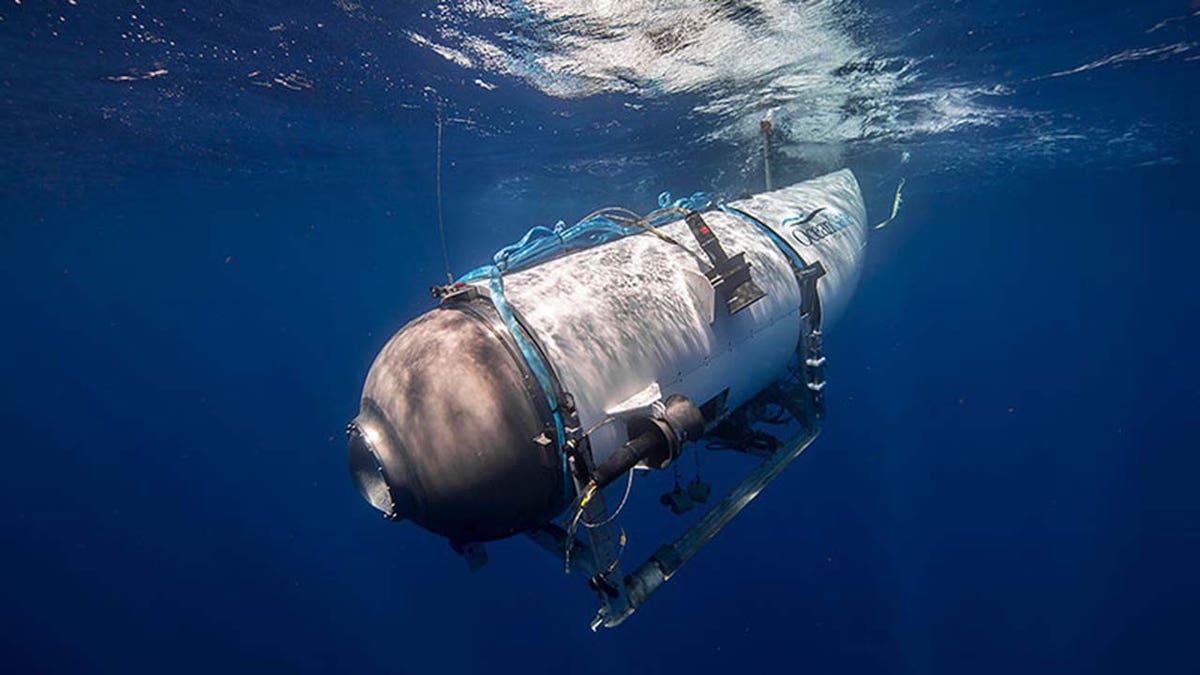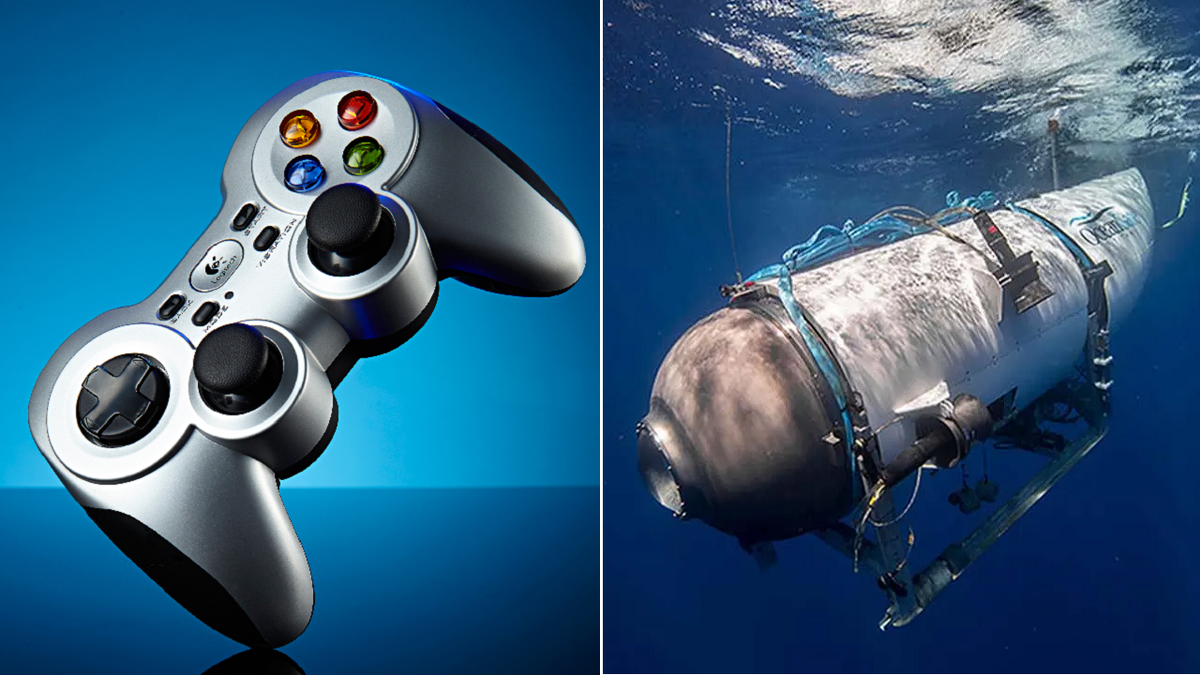Missing OceanGate sub has 40-41 hours of 'breathable air' left: Coast Guard
The U.S. Coast Guard said Tuesday afternoon that there around 40-41 hours of "breathable air" left on the OceanGate Titan submersible that disappeared en route to the Titanic wreckage in the North Atlantic.
Deep-sea vehicle industry insiders say the combination of the enormous depth, the lack of communication and the rapidly dwindling window of opportunity make rescue of the five people aboard the OceanGate highly unlikely.
The OceanGate was bringing its passengers to see the wreckage of the Titanic, about 12,500 below sea level, when it went missing on Sunday.
The OceanGate has about 40 hours of oxygen remaining, the Coast Guard reported Tuesday afternoon, assuming the vehicle did not suffer an instant catastrophic explosion, as some experts have said they fear.
SUBMERSIBLE SCIENTIST FEARS OCEANGATE MAY HAVE SUFFERED CATASTROPHIC IMPLOSION: ‘DEEPLY WORRISOME'
"The math is not great," one career expert in autonomous underwater vehicles, more commonly known as drones, told Fox News Digital.
Only a handful of known manned vehicles exist in the world that are capable of diving to such depths and offering an opportunity for rescue. But none, according to reports, are close enough to offer assistance.

This file image provided by OceanGate shows the Titan submersible descending into the ocean. (OceanGate Expeditions)
An unmanned operation offers the best hope — but a limited hope, the experts say.
"A drone could find the vehicle, but they would not be able to recover people. But there should be a way to attach a line. And they could potentially recover the vehicle that way," said submersibles engineer Steve Somlyody, who is based in Florida.
"The math is not great."
The lack of communication or sound since Sunday is deeply concerning, he said.
ONE OF PAKISTAN'S RICHEST MEN, SON, ABOARD MISSING OCEANGATE TITANIC TOURIST SUBMARINE
"If they are conscious, they would be tapping on the hull. But water is stratified. Sound does not move in a straight line. Sound can be distorted and blocked the same way water distorts light. So they may be very hard to hear."

Graphic shows the specifications of OceanGate's Titan submersible. (OceanGate)
He surmised that the U.S. Navy has repositioned a submarine to dive deep and listen for sound from the OceanGate.
The Pentagon confirmed on Tuesday that it is assisting search operations, but cited only air assets, including three C-130s to fly over the areas.
"In addition to that, the Navy has been in touch with the Coast Guard and is working to provide personnel, such as subject matter experts and assets as quickly as possible," said Department of Defense Deputy Press Secretary Sabrina Singh.
The OceanGate is far too deep for any traditional submarine to travel.
So a Navy submarine, if one was used, could only listen for sounds from the vehicle.
Drones offer the only realistic opportunity to reach the OceanGate and possibly rescue its passengers, experts indicated.

The Logitech F710 video game controller (on the left), which operates the OceanGate Titan submarine. (Joby Sessions/PC Gamer Magazine/Future via Getty Images/OceanGate Expeditions)
"These are miraculous, extremely high-tech things," said the expert in autonomous underwater systems.
"But for them to work with any other vehicle takes a lot of integration time and software work. To think you can just throw one of these in the ocean on a rescue mission — to me that seems not realistic."
CLICK HERE TO GET THE FOX NEWS APP
He maintained that diving to Titanic depths for the purposes of thrills is inherently dangerous.
"It’s one of these super-rich adventure-guys kind of things. Anybody should do what they want. But I wouldn’t do it," he said.
CLICK HERE TO SIGN UP FOR OUR LIFESTYLE NEWSLETTER
"These are not systems that have been formally approved by any kind of agency. I’m sure they had to sign their lives away."


